The “central stage of the political situation” was destroyed by fire… A news photographer closely followed and witnessed the legend of the “former Kakuei Tanaka residence” & interior photos
On January 8, a fire broke out at the former residence of Kakuei Tanaka, known as “Mejiro Goten,” which had been the stage of political affairs and a symbol of political power during the Showa period.
The fire broke out just after 3 p.m. at the former Kakuei Tanaka residence, which stands on a large plot of land in Mejirodai, Bunkyo-ku, Tokyo. At the time, former Prime Minister Kakuei Tanaka’s eldest daughter Makiko (former Foreign Minister), her husband Naoki (former Defense Minister), and four others were inside the residence, but they evacuated before the fire spread, and fortunately no one was injured.
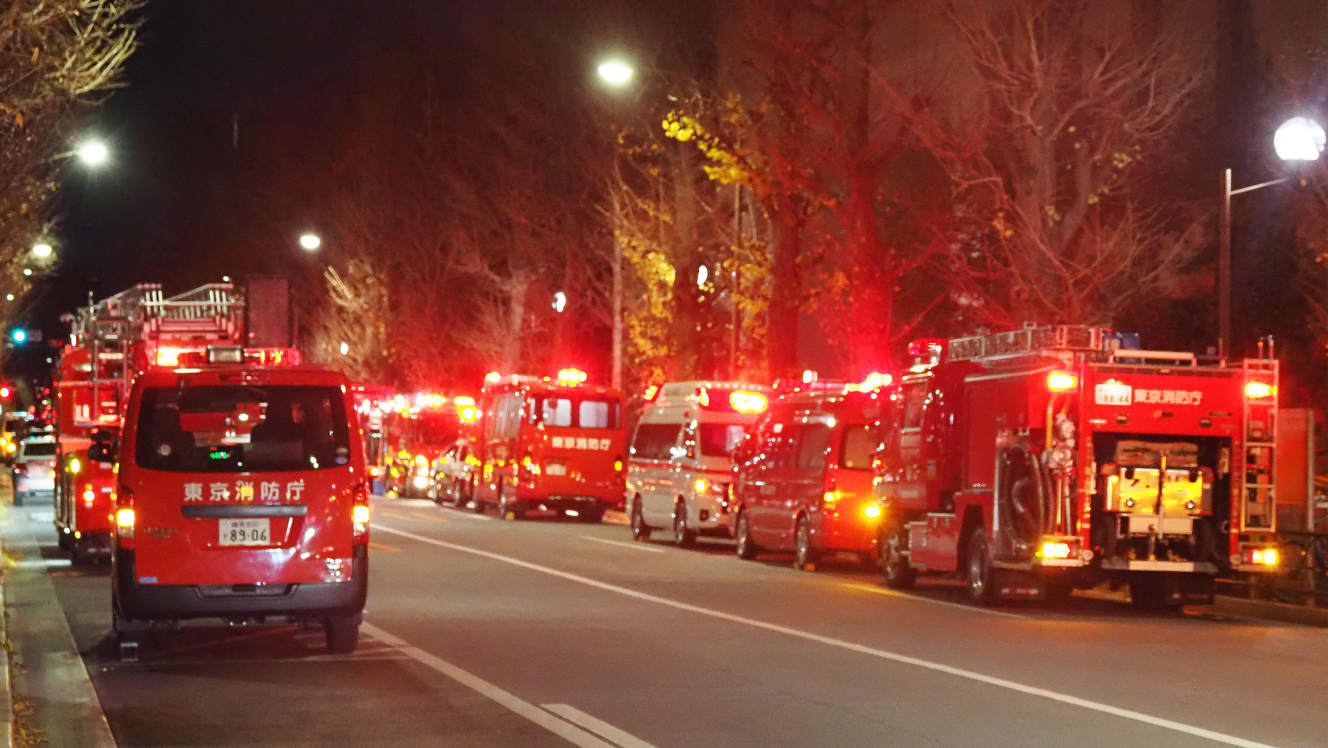
The fire was extinguished before 10:00 p.m. that night, but a total of 800 square meters of the two-story residence was completely destroyed. According to the police and the Tokyo Fire Department, the fire started near the Buddhist altar on the first floor of the building. The cause of the fire is believed to be incense given by Makiko.
One photographer who could not stand still and rushed to the scene of the fire was Koichi Yamamoto, a news photographer who had been following Kakuei Tanaka, who reigned over the political world as the “Dark Shogun” in the 1980s, and published a book of his photographs entitled “Kakuei Tanaka: The Complete Record of Kakuei Tanaka” (Shueisha).
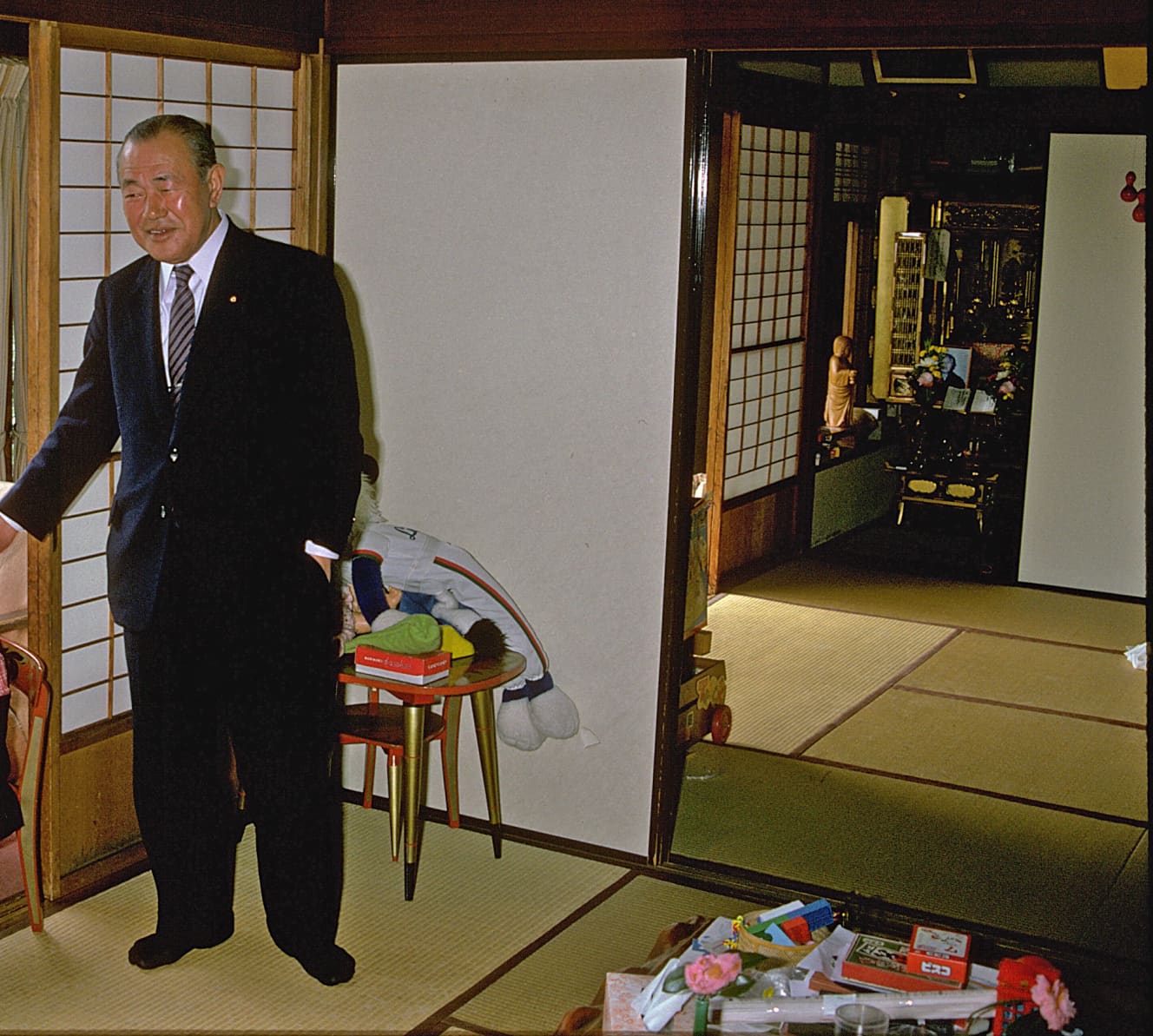
I remember 30 years ago, in December 1993, when Kakuei passed away. I rushed to Mejiro and snapped the shutter at that time as well, and I feel the same sense of loss and transience.
It is not widely known how Kakuei Tanaka, a native of Niigata Prefecture, settled in Mejiro and how it became synonymous with his name.

The vast grounds of the Mejiro Goten, which at its peak covered an area of 2,598 tsubo (8,575 m2), were not purchased in a lump sum. It was the fruit of 18 years of “persistence” by Kakuei himself and his family companies, who repeatedly purchased and expanded the property.
In response to the fire, Makiko told the Mainichi Shimbun that when she was in the fourth grade of elementary school, her father, Kakuei, who was looking for land for a new house, told her, “I finally found it. He moved to Mejiro when he was in his fourth year of elementary school, and was told by his father Kakuei, who was looking for a new place to live, that he had finally found it and would send a driver.
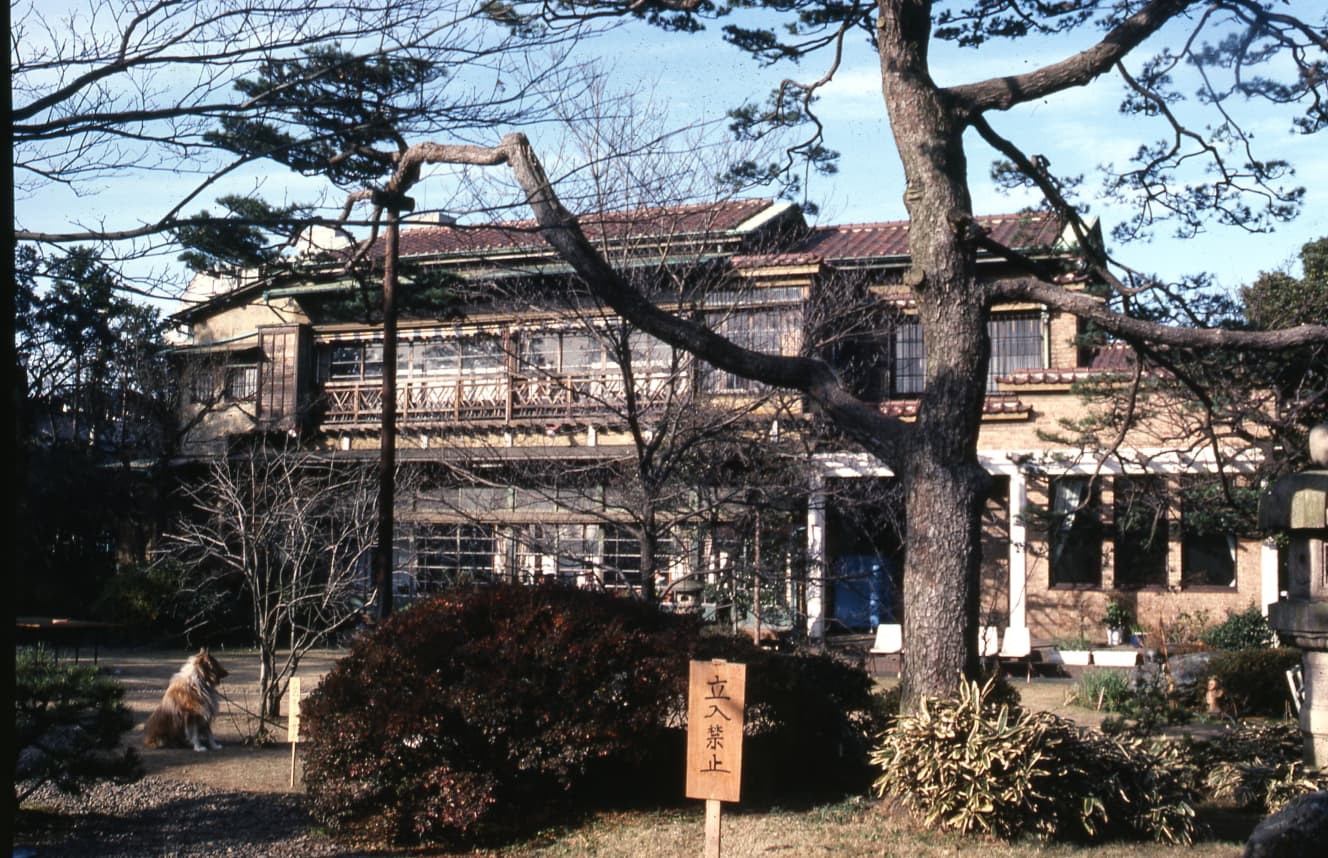
This testimony is also consistent with the registry. In 1953, six years after Kakuei became a representative, he purchased the site of a former company housing complex (490 tsubo) of Nippon Oil, located a little further back from Mejiro Street. After the war, there were 12 households and 45 people living in the burned-out tenements and other buildings around the company housing complex.
Kakuei then began negotiations with the residents of the area surrounding the former Nisseki company housing site he had acquired. Some residents were reluctant to move out, but real estate transactions were Kakuei’s specialty as president of Tanaka Dokken Kogyo. By making the most of his abundant financial resources and the prestige of a representative, Kakuei succeeded in expanding the site five times by 1966, expanding the initial 490 tsubo of land to approximately 1530 tsubo.
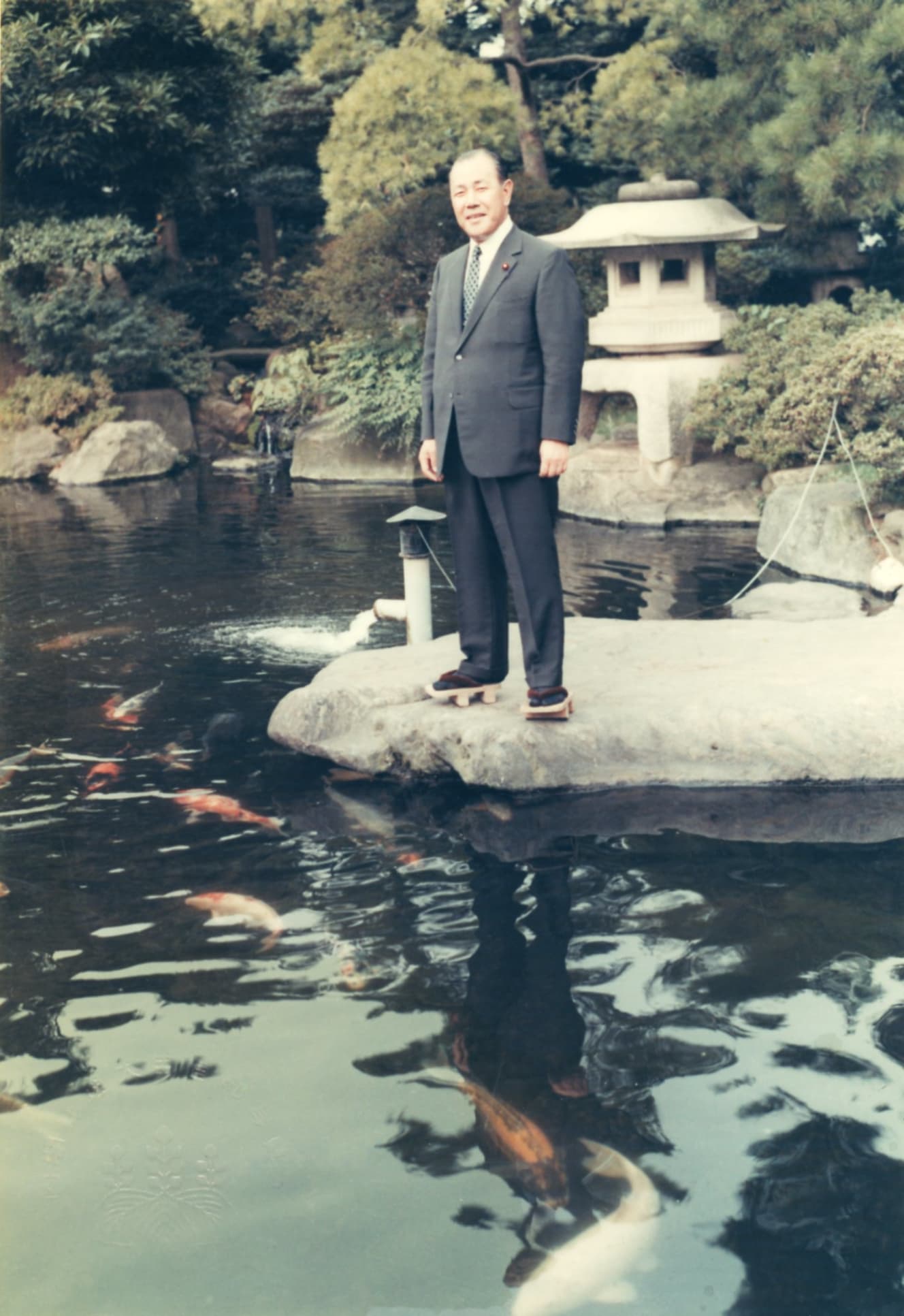
In 1967, Kakuei also acquired, through his family company, the adjoining land of the Hori family, the feudal lord of the Iida clan in Shinano, which was approximately 975 tsubo. Thus, “Mejiro Goten” was completed. Five years later, Kakuei rose to the position of prime minister.
Why did Kakuei insist on this land? It has been pointed out that Kakuei mistakenly believed that the land belonging to the “Hori family of the Iida domain” was the land of the “Hori family of the Shiiya domain,” the feudal lord of his hometown in Niigata. This is mentioned in the book “History of the Hori Family” (written by Naotaka Hori, published by Shinmono Oraisha), and it is an anecdote typical of Kakuei, who was unrivaled in his love for his hometown.
Many people in the political world have testified that they heard the phrase “Ima Taikoh” at his private residence in Mejiro after he became prime minister.
Listen to me,” he said. Everything in Japan is decided here!
The center of Japan is not the Prime Minister’s Office or the Diet, but the place where Kakuei was located, and this was not an exaggeration. When the new cabinet was inaugurated, the newly appointed ministers visited Mejiro to pay their respects.
The temple is also known to be crowded with several hundred to nearly 1,000 New Year’s visitors every New Year’s Day. In order to accommodate the large number of visitors, a hall was built in 1981 with a capacity of 100 people. In the garden pond, expensive Nishikigoi carp from Ojiya, Niigata, swim, and it was a picturesque sight to see Kakuei, wearing geta (Japanese clogs), feeding the carp.
The legend of “Mejiro Goten” is too numerous to mention.
In the Lockheed affair, it is said that Kakuei accepted an offer of 500 million yen from Marubeni Corporation, saying, “All right, all right” (the first and second trials confirmed this, but Kakuei denied it. The appeal was dismissed due to the death of Kakuei himself) at his private residence in Mejiro. This “yosya” became a popular phrase in Japan at the time.
Kakuei suffered a stroke in February 1985 and disappeared from the public stage, but in January of the following year, the Mainichi Newspapers succeeded in photographing “Kakuei in a wheelchair” in his garden from a helicopter flying overhead. This photograph won the Newspaper Publishers Association Prize.


In 1987, the famous “Takeshita Monzenpai Incident” took place. On New Year’s Day of that year, when the LDP presidential election was held, then Secretary General Noboru Takeshita visited Kakuei’s residence in Mejiro in his car, but the front gate was not opened. In front of many reporters and cameras, Takeshita had no choice but to turn back. This incident showed that Kakuei was still angry with Takeshita, who had planned to become independent from the Tanaka faction and launched the “Soseikai” (Founding Fathers’ Association).
In October of the same year, Takeshita was also turned away. The second visit to Kakuei’s office did not result in the opening of the gate, but the “praise-giving” stopped abruptly, and Kakuei was able to secure the position of prime minister under Nakasone’s “ruling.

The most important person who visited “Mejiro Palace” in his final years was the late former Chinese President Jiang Zemin. In April 1992, when Jiang Zemin was general secretary, he paid a courtesy visit to Kakuei, who had achieved the normalization of diplomatic relations between Japan and China, and expressed his gratitude to Kakuei, saying, “Our country values the person who first dug the well.
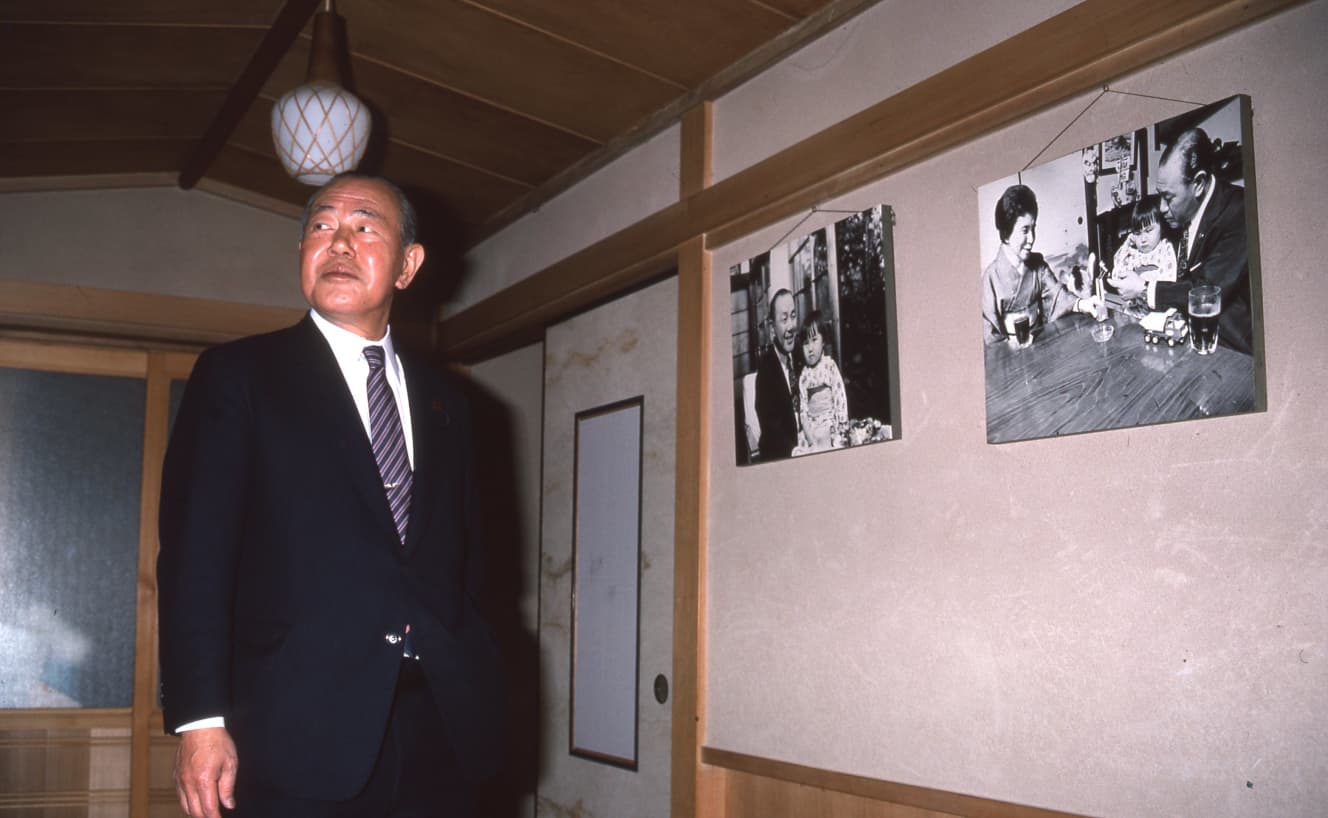
Kakuei passed away in December 1993, and afterwards, about 3,000 m2 was paid as an inheritance tax to Bunkyo Ward (now part of Mejirodai Sports Park), reducing the size of his vast mansion by about half. However, the residents of the neighborhood always explained, “This used to be Mr. Kakuei’s house.

Koichi Yamamoto, who was once allowed to take pictures of the residence, said, “There is a certain sadness about it.
Although there is a touch of loneliness, the era when the Mejiro Goten shined is preserved in the photographs. If Mr. Kaku were alive today, he would probably be shouting in a louder voice that the fire at our house was no big deal and that something should be done about Japanese politics.
The house of his memory burned to the ground. But Kakuei Tanaka still lives in people’s memories.
PHOTO: Koichi Yamamoto, Kusabata Obayashi, The Mainichi Newspapers Interview and text by: Kibata Obayashi